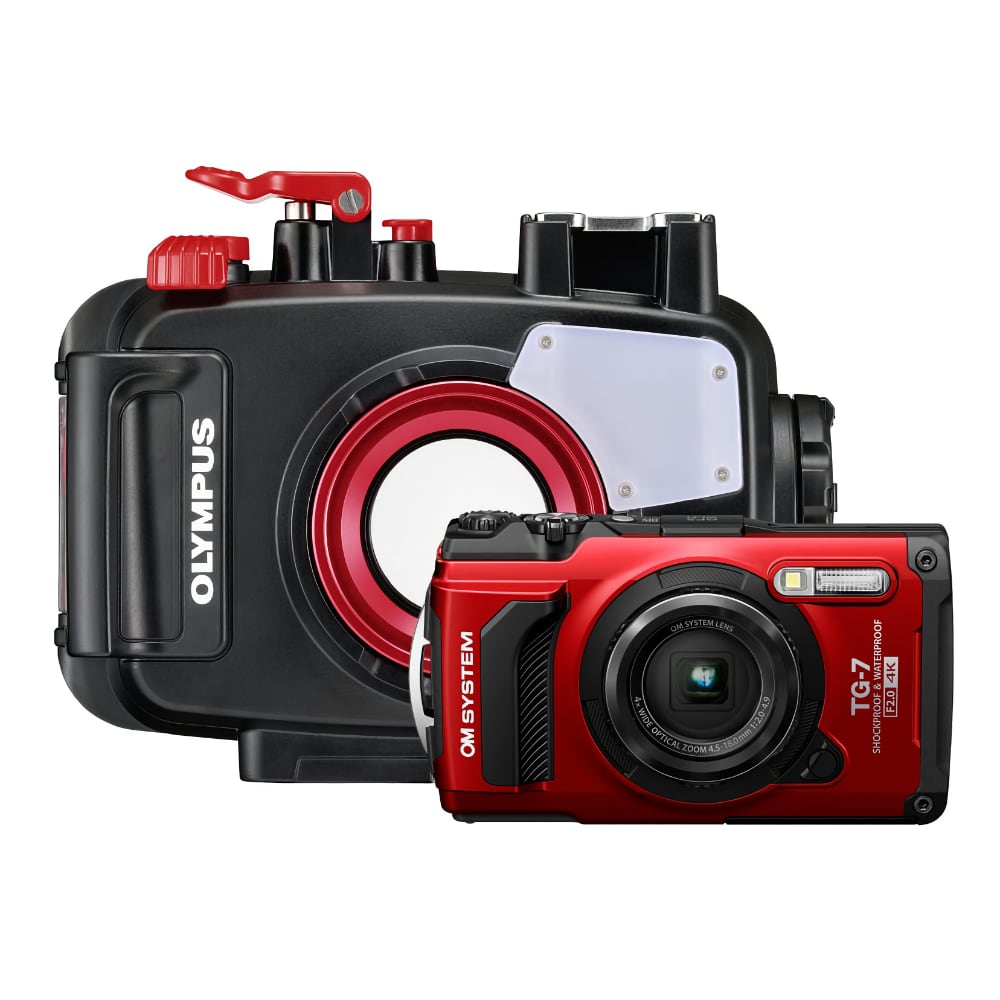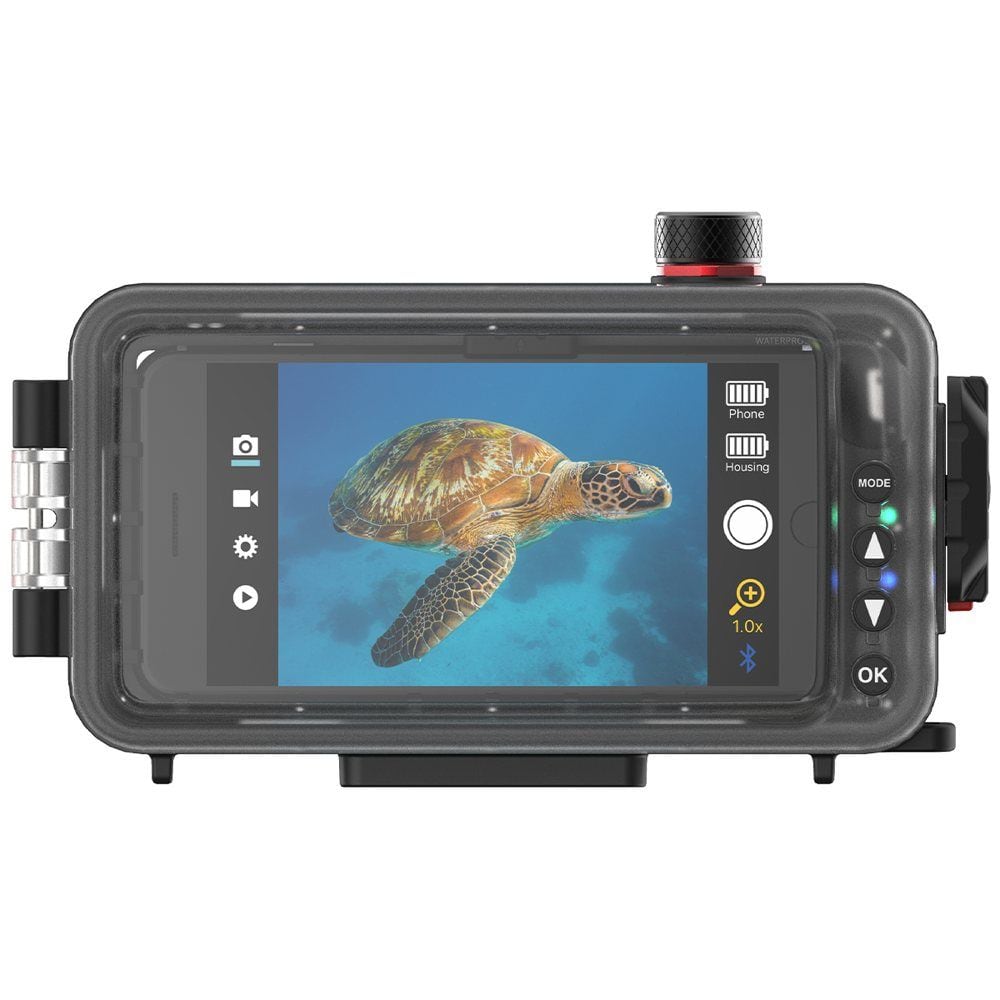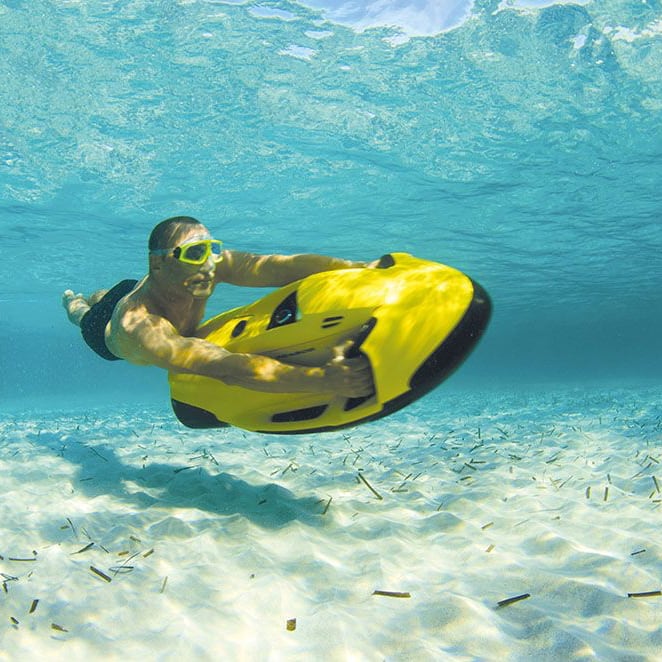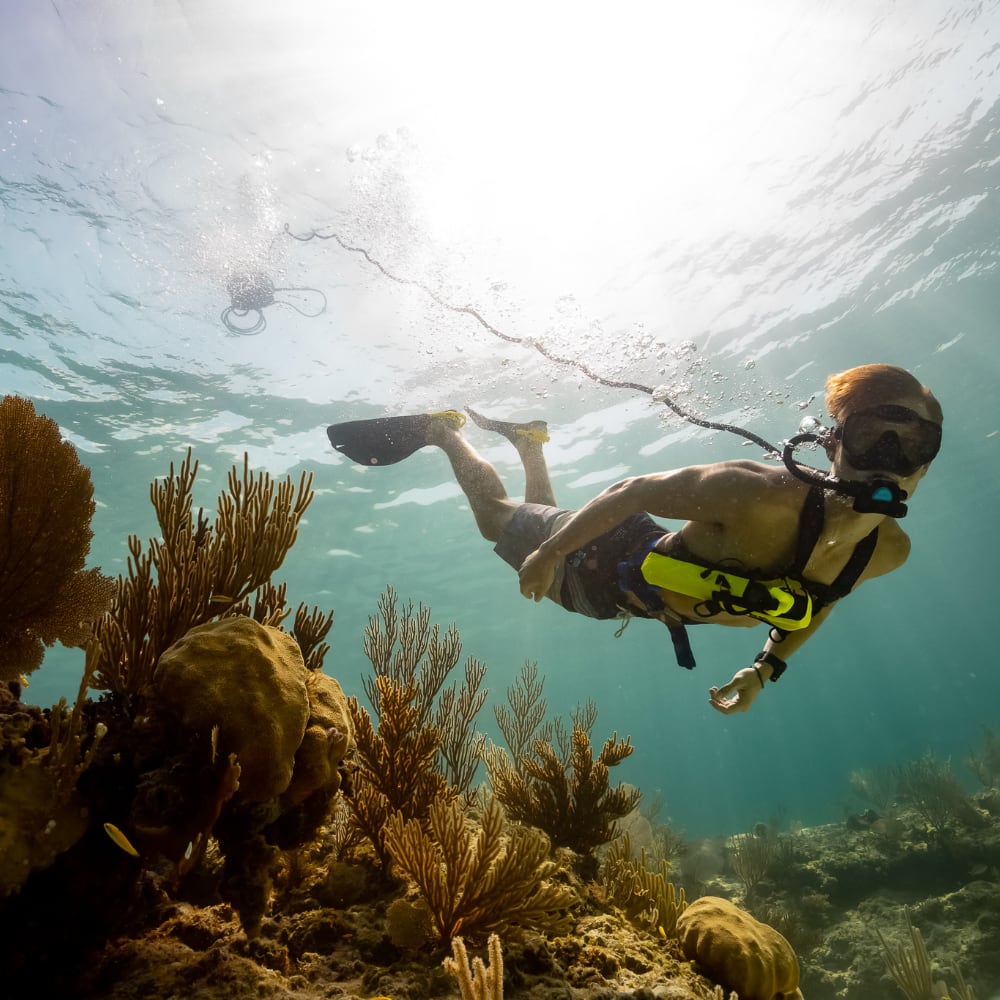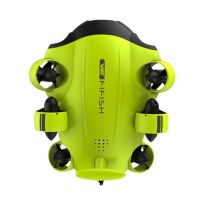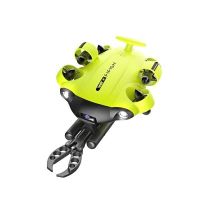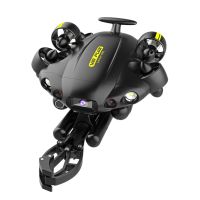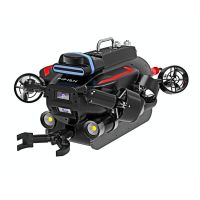You might have already had a read of our QYSEA underwater drone blog where we look at the different models, helping you to decide which underwater drone would be most suitable for you. Let's now put forward a few case studies on where and how the ROVs are deployed in the field. So exciting to see the versatility of these machines!
Using Underwater Drones for Potable Water Inspections
The most basic model in our range, the QYSEA FiFish V6, is amazing for getting eyes underwater and one application is Water Tank Inspections - yes rainwater tanks and potable water sources are being inspected with ROVs everyday. The benefit here is that the tank doesn’t need to be drained in order to inspect, simply put the drone in the tank and voila - live video of the inside of the tank.
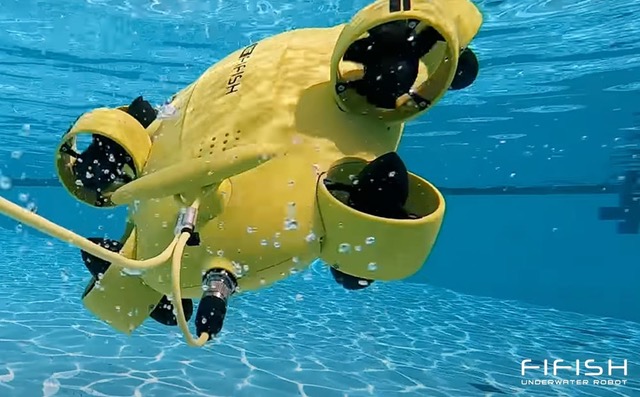
Images can be added into reports for repairs and communication back to the owner in order to take the necessary action. Should an animal like a snake or possum get into the tank, the drone can be fitted with a fishing net in order to retrieve the animal and take it out of the tank.
The tanks can be inspected for rust, leaks or sediment and general condition without using commercial divers or draining the tanks.
Using Underwater Drones to Detect Water Tank and Pool Leaks
A water leak can be difficult to find, particularly when you can’t physically see the leak but you suspect a location. But how do you confirm that the water is leaking at a particular point, as you can’t see a leak right? Well with an underwater drone - like the QYSEA FiFish V6 Expert modular underwater drone -equiped with a water sampler you can.

Simply fill the syringe with dye and squirt little amounts near the suspected site of the leak and you’ll see the dye get pulled through the hole, in real time, on your drone camera.
That’s right, the QYSEA FiFish V6 Expert and QYSEA FiFish V6 Plus allow you to add tools such as water samplers that work in ingenious ways to deliver fast effective results, making your job easier, safer and captured on video.
Underwater Drones in Marine Science
Monitoring our underwater environment is of paramount importance to us as a species, we depend on our oceans and lifeforms for our survival. ROVs are the perfect platform for observation, recording data and even mapping areas of seabed or reef and monitoring these over time. With images compared, scientists are able to observe changes in the environment, temperature, and other factors like salinity, pH and more.
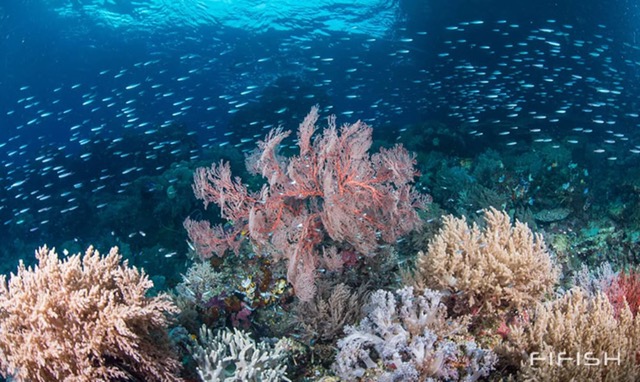
Detailed studies of marine creatures are now possible at depths too dangerous for humans to physically observe and marine creatures seem to go about their business, un-perturbed by underwater drones versus divers. No noise, no bubbles, small inconspicuous machine that really poses no threat at all. No repeat diving or diving in adverse conditions needed, no bottom time limits or being dependent on which depth marine life can be found, thus keeping diving personnel safer and increasing productivity.
Aquaculture using Underwater Drones
Tuna farms, mussel farms, Cod farms and other fisheries all use drones to inspect crops, nets, weed growth, mortality and other pertinent industry information to ensure maximum performance and sustainability. Drones provide a quick, easy, cost effective way to monitor fish and their environment and provide direct feedback to the farm management team, so decisions can be made. Drones can be fitted with mort removers to retrieve dead fish for study and hygiene of the environment as well as net patch kits, again saving time and money and keeping stock inside the nets.

Biosecurity Monitoring using Underwater Drones
Keeping Australia safe and pest free is not only important from a cultural and environmental point of view, but economics also play a crucial role. The environmental impact of invasive species is still a major threat to Australian nature. Marine pests and weeds invade our waters, being introduced via growth on ship hulls and in ballast water when this is released in our harbours and water ways. In excess of some 250 species of marine animals have been introduced to Australia, with some sea stars, weeds and crabs becoming aggressive pests. Underwater drones can be used to monitor and inspect ship hulls and water tanks.
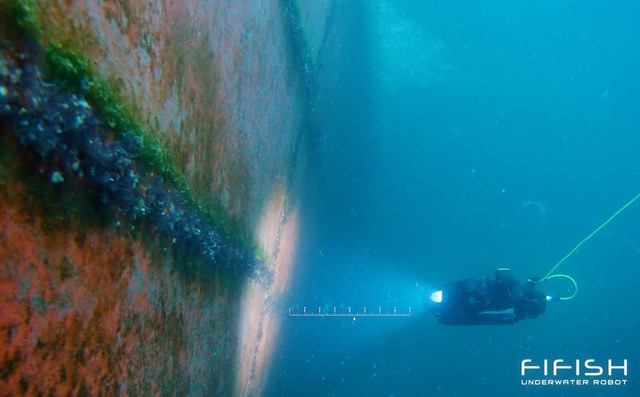
Defence, the origin of using ROVs for search and recovery
Search and Recovery ROVs or Underwater Drones are used extensively in military situations and for police work to asses a situation before sending divers into the water or to perform reconnaissance missions. ROVS can go into small, hard to access spaces keeping potential hazards and dangerous situations from divers, increasing safety.
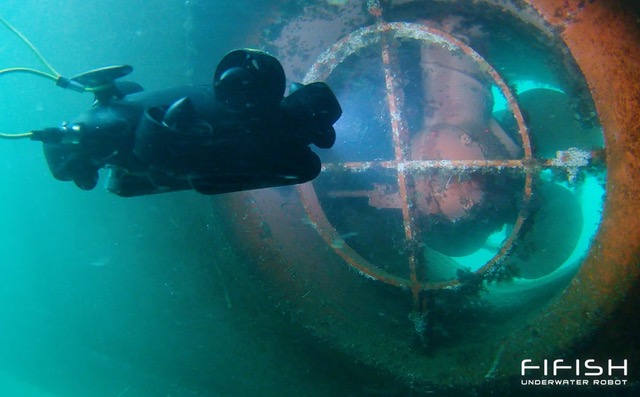
Drones/ROVs have been used since the 60s by the US Navy in asset retrieval and really developed from there. Discarded evidence, explosives and contraband can all be detected and brought back to the surface using underwater drones.
Inspection and Maintenance of Infrastructure by Underwater Drones
Oil & Gas , Wind & Solar Farms Production of energy often require infrastructure located underwater require regular inspections and maintenance. The locations are not always offering a safe diving environment as they are off-shore with currents and rough surface conditions. ROVs or underwater drones are capable of performing many of these tasks from inspections to assessment for divers even working robots performing tasks on oil rigs and pipe lines and energy producing plants.

Underwater ROVs save companies thousands of dollars a day in labour and more importantly keep people safe by letting the drone do the work.
Local Governments maintain assets that we use every day without thinking about. Dams, walls, bridges, reservoirs are just some of the assets LGAs need to inspect and maintain, upkeep and assess for structural integrity. This needs to be done not only above the surface, but probably more importantly, below. Corrosion, erosion and structural stress can all impact on the safety of these structures. Some LGAs are creating 'Digital Twins' of these assets; structure need to be mapped and surveyed in order to produce these twins. Underwater drones equipped with sonar, GPS, dvls and other equipment, this is becoming a possibility all the while reducing the need for dangerous dive situations and increasing the safety of all.
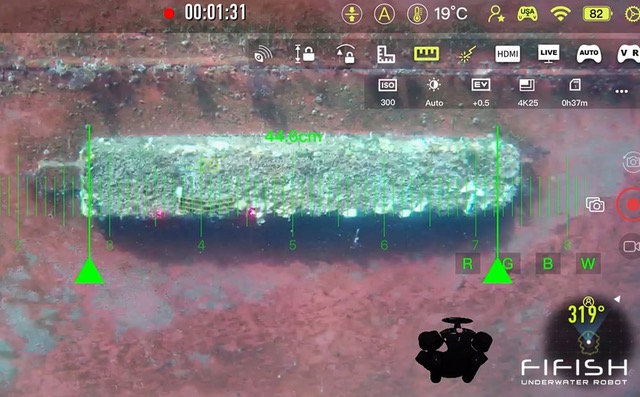
As underwater drones or ROVs have become more affordable, compact and versatile they will become more and more part of the landscape of industrial and recreational use. For more information, please contact the team at Underwater Australasia at [email protected] or have a look at the range we carry at our on-line shop.

